For years, I stalked asian markets looking for fresh ginseng root to distill. I made tinctures with small parcels containing two or three pieces of root that seemed to have been dried in another century. Between lack of access and cost, I didn’t expect to have an opportunity in my distillation career to access the fresh root. It turns out that in the food desert of my neighborhood, there is a weekly farmers market full of fruits and vegetables with as much eccentricity as the farmers themselves. With my discovery of the market last fall, it was here I found nestled between chrysanthemum leaves and baby bok choy, fresh ginseng root being sold by the Nainai (奶奶) who grows it and a granddaughter who explained its journey to the market.
My first trial distilling ginseng was using the fresh root that had been harvested the day prior. I found little oil and the hydrosol itself was clear, biting and not as inviting a scent as I had hoped, even as a root profile lover. Prepping it for the still left my hands exceedingly fatigued due to the density and I thought perhaps I wouldn’t repeat the work. After a few weeks, I realized I was far from done with this important adaptogen. I allowed the roots to air dry for a few days and distilled again. This slight modification revealed an aromatic ginseng profile and generous essential oil even while using my small ‘research’ still. Many of the hydrosols I produce are anti aging but I find ginseng root hydrosol particularly notable regarding inflammation, wrinkles and elasticity. It acts as a super food for the face. I understand the K-beauty obsession with ginseng root. This hydrosol matches the ginsenoside hype – soothing, brightening and non negotiable for heathy, glowing skin.
Shelf life: 12 to 16 months. Refrigerate to prolong freshness.
Packaged in 3.3oz/100 ml tamper proof refillable glass bottles.
Our hydrosols are kept in dedicated refrigeration until shipped.

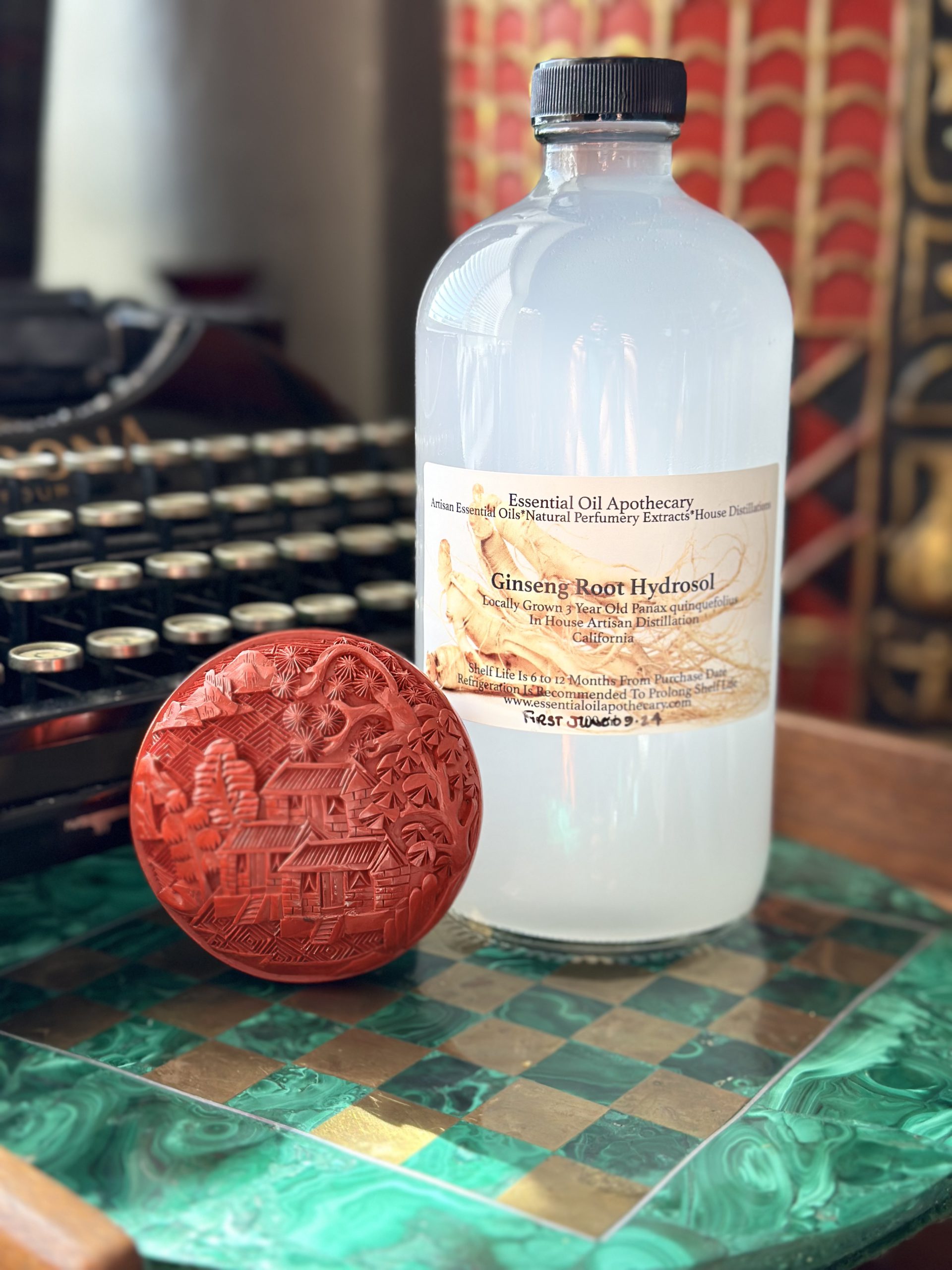
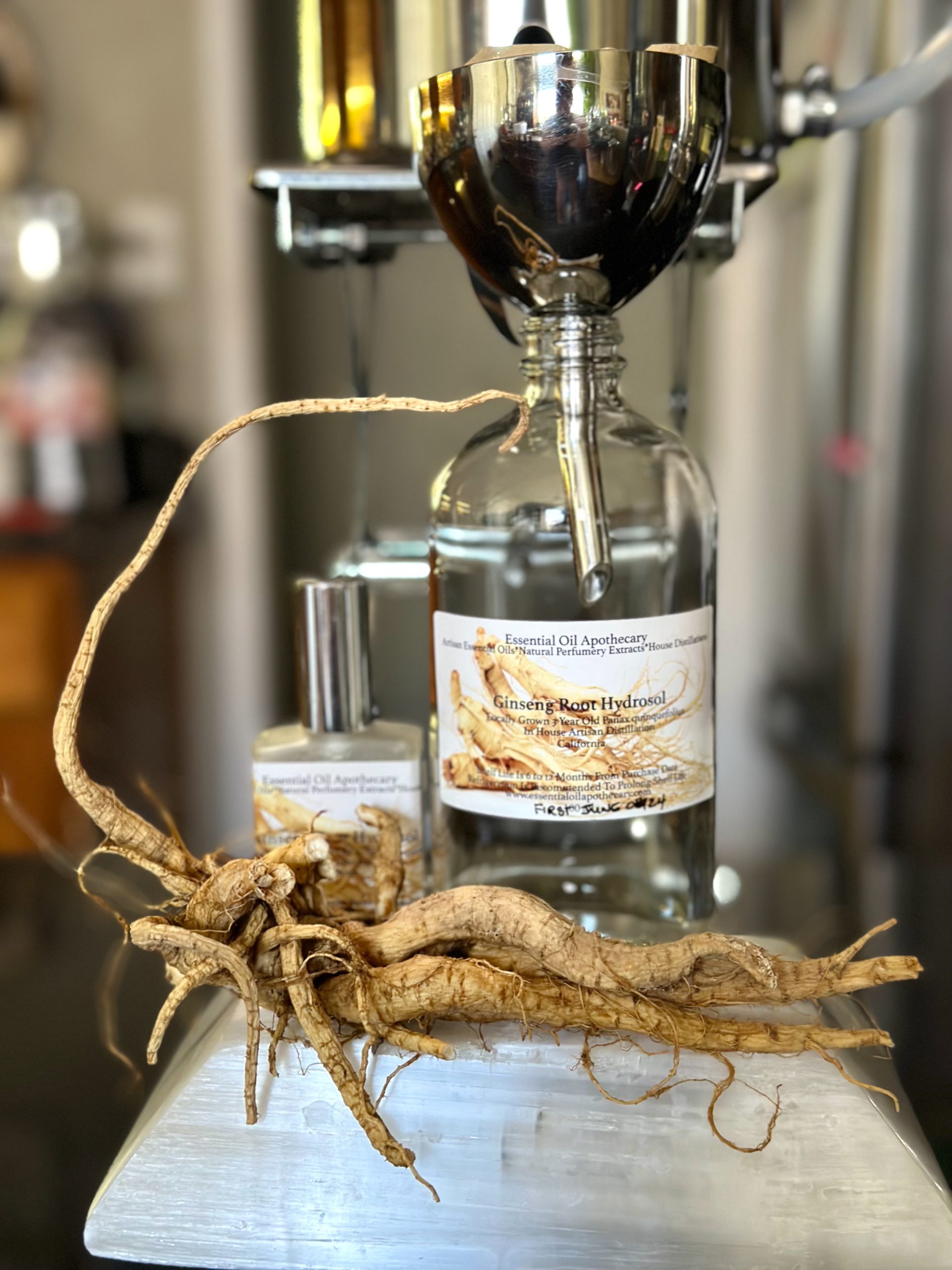
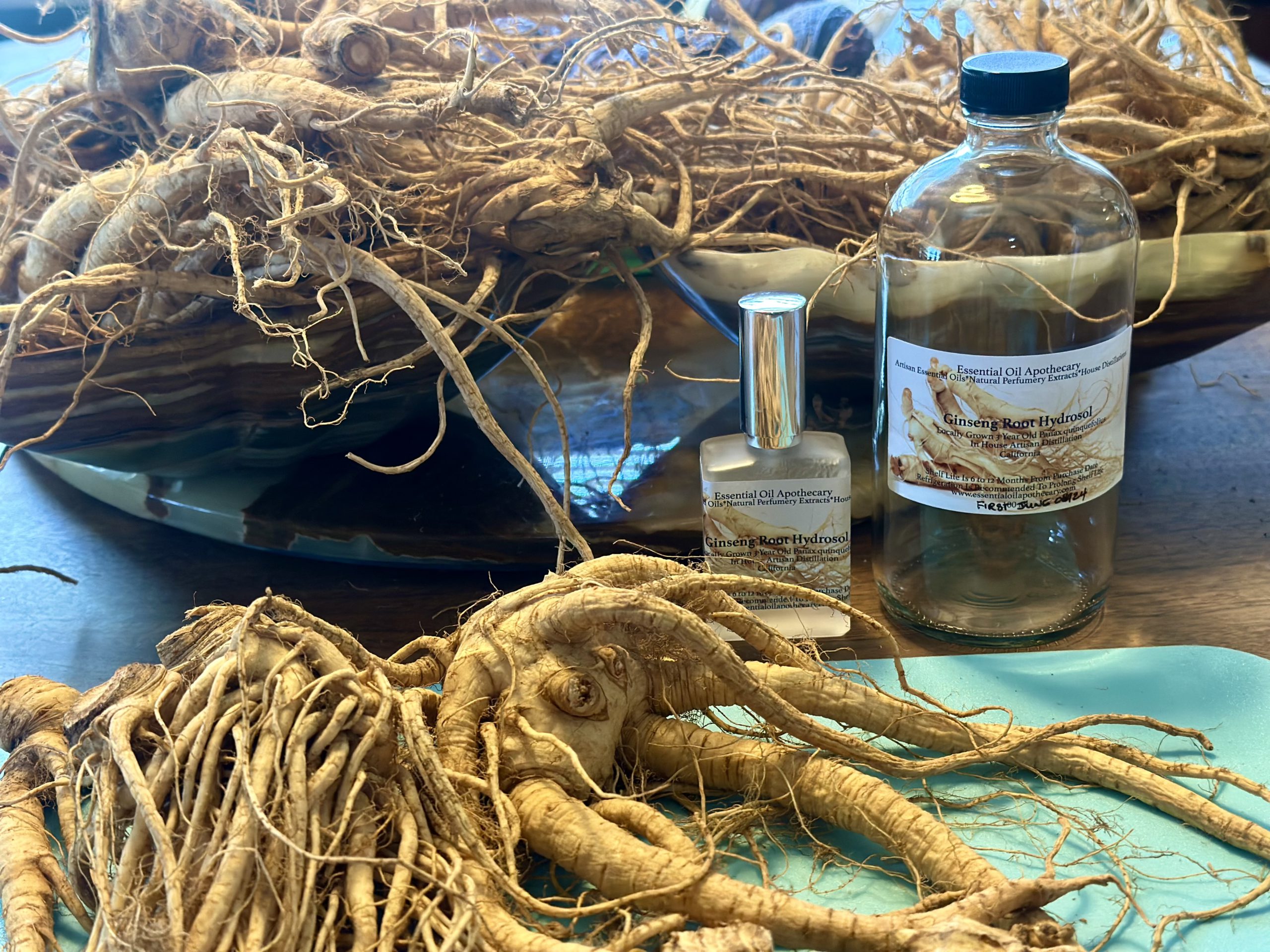
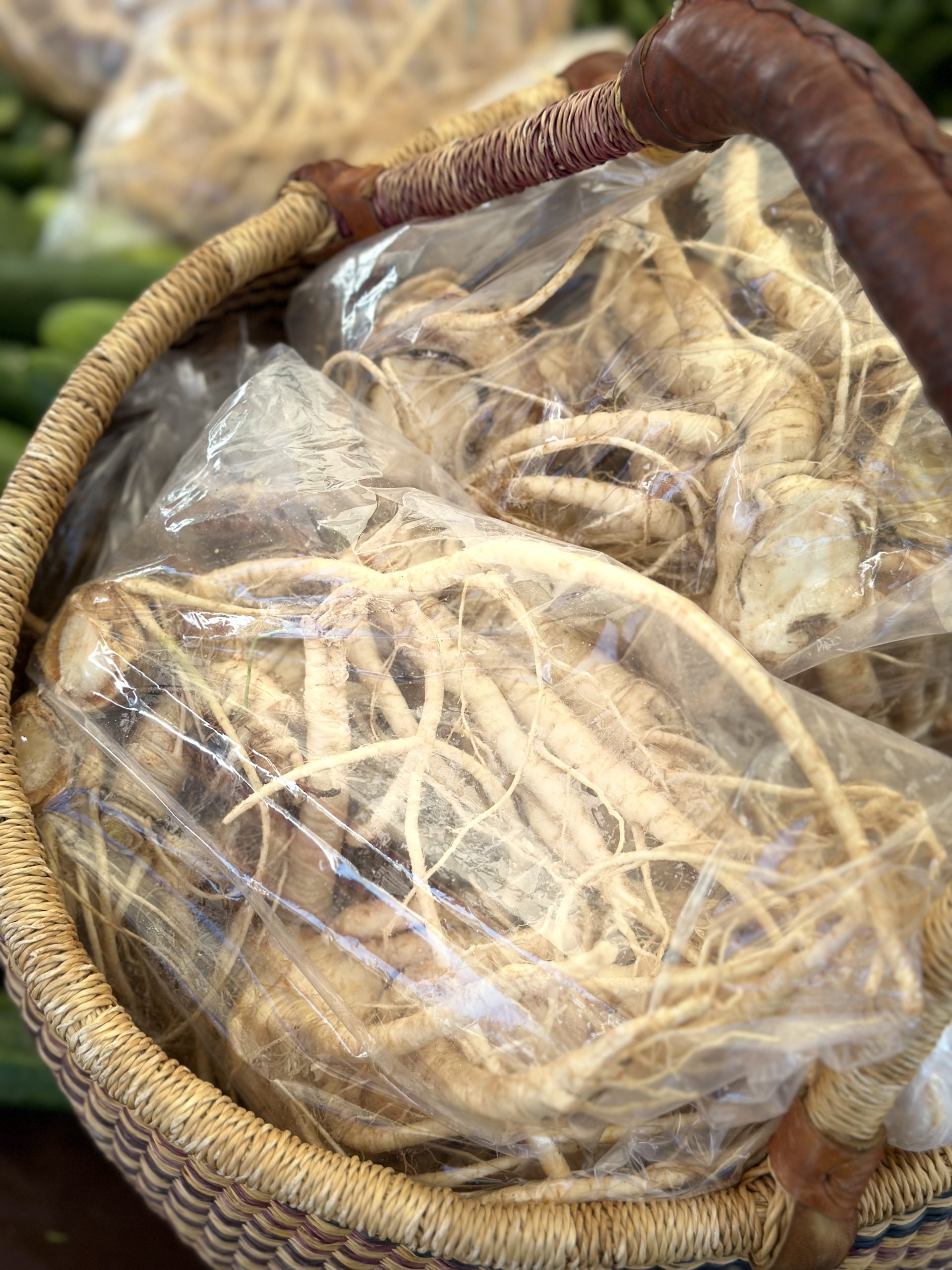

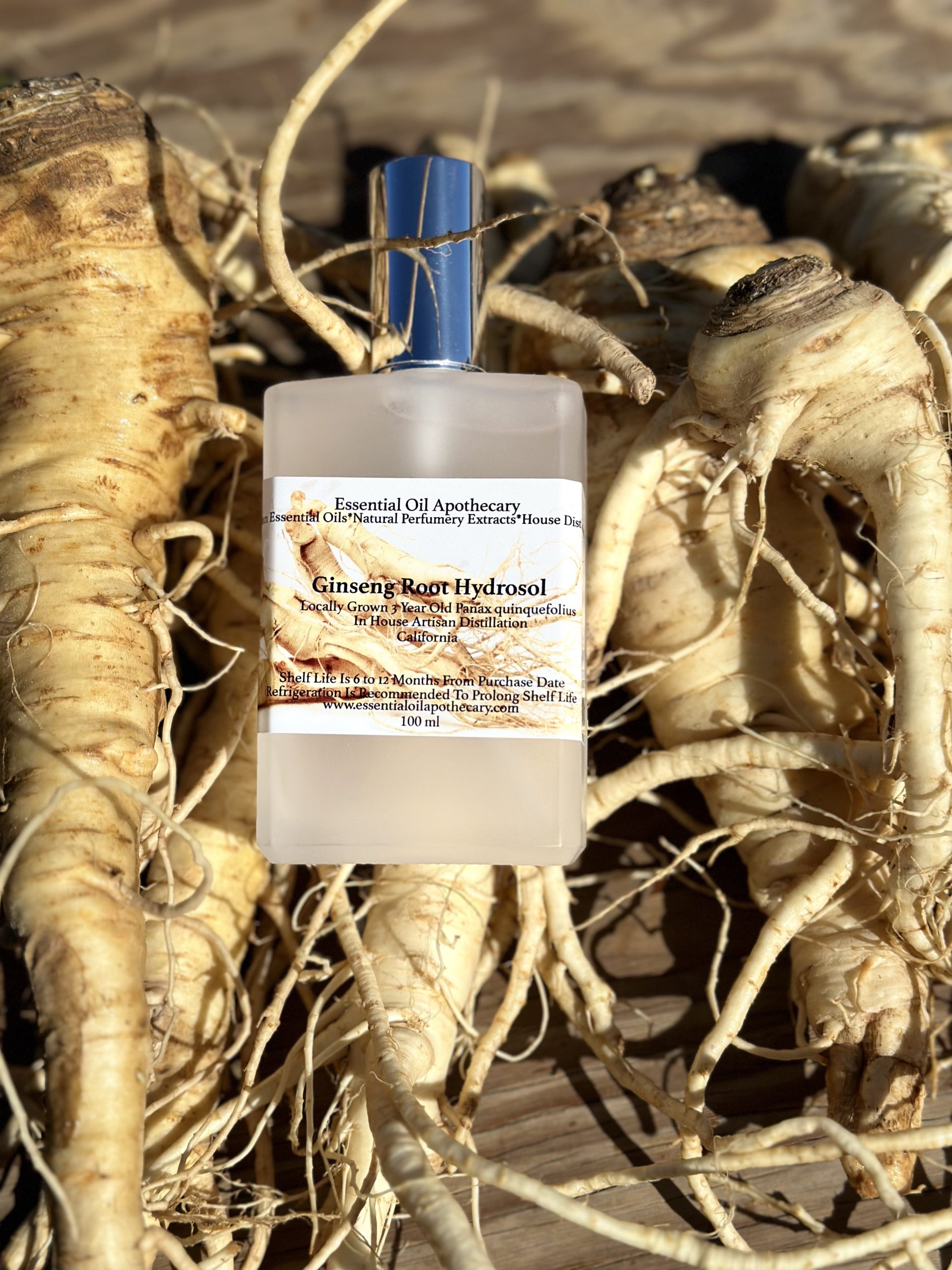
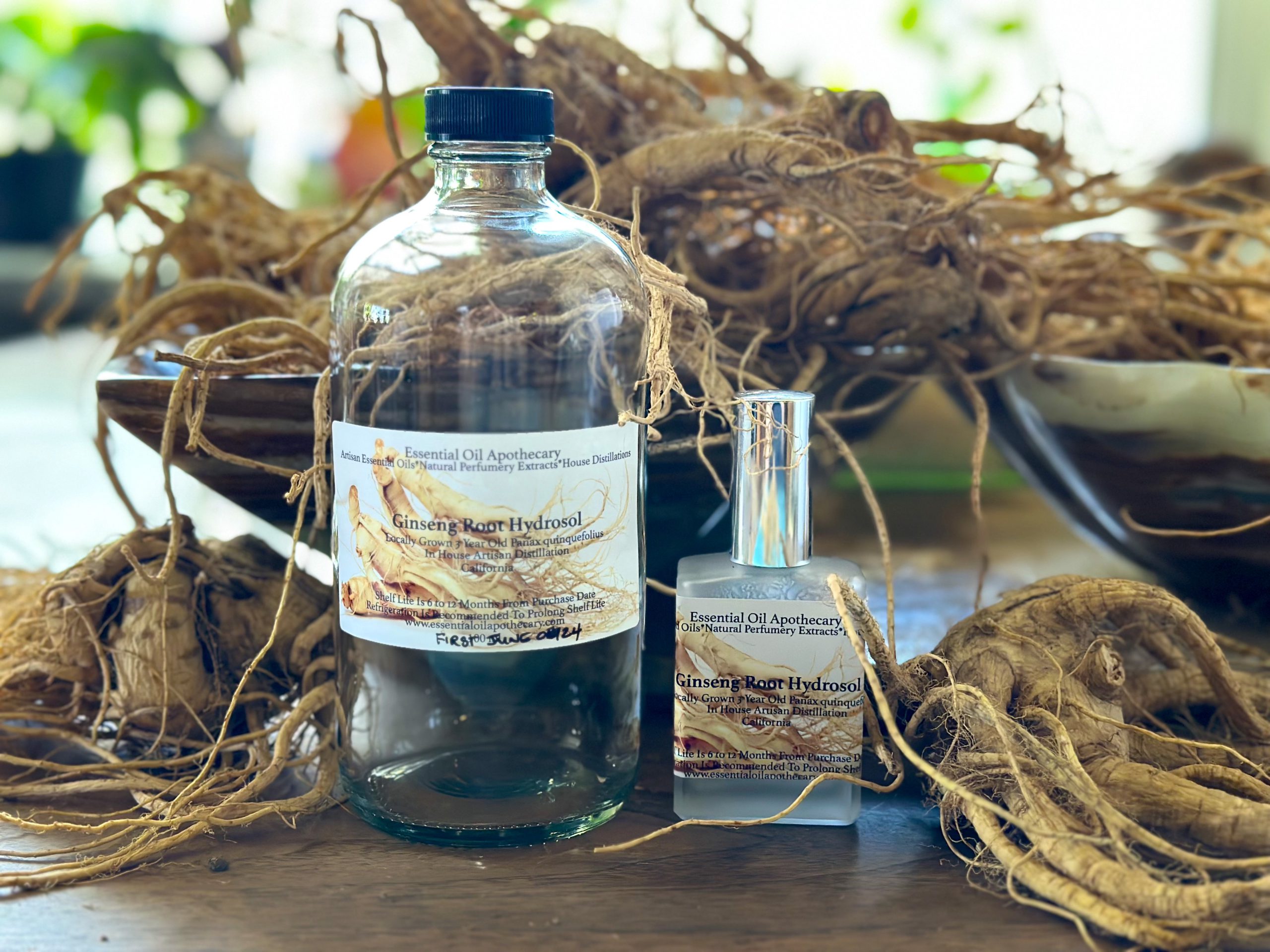
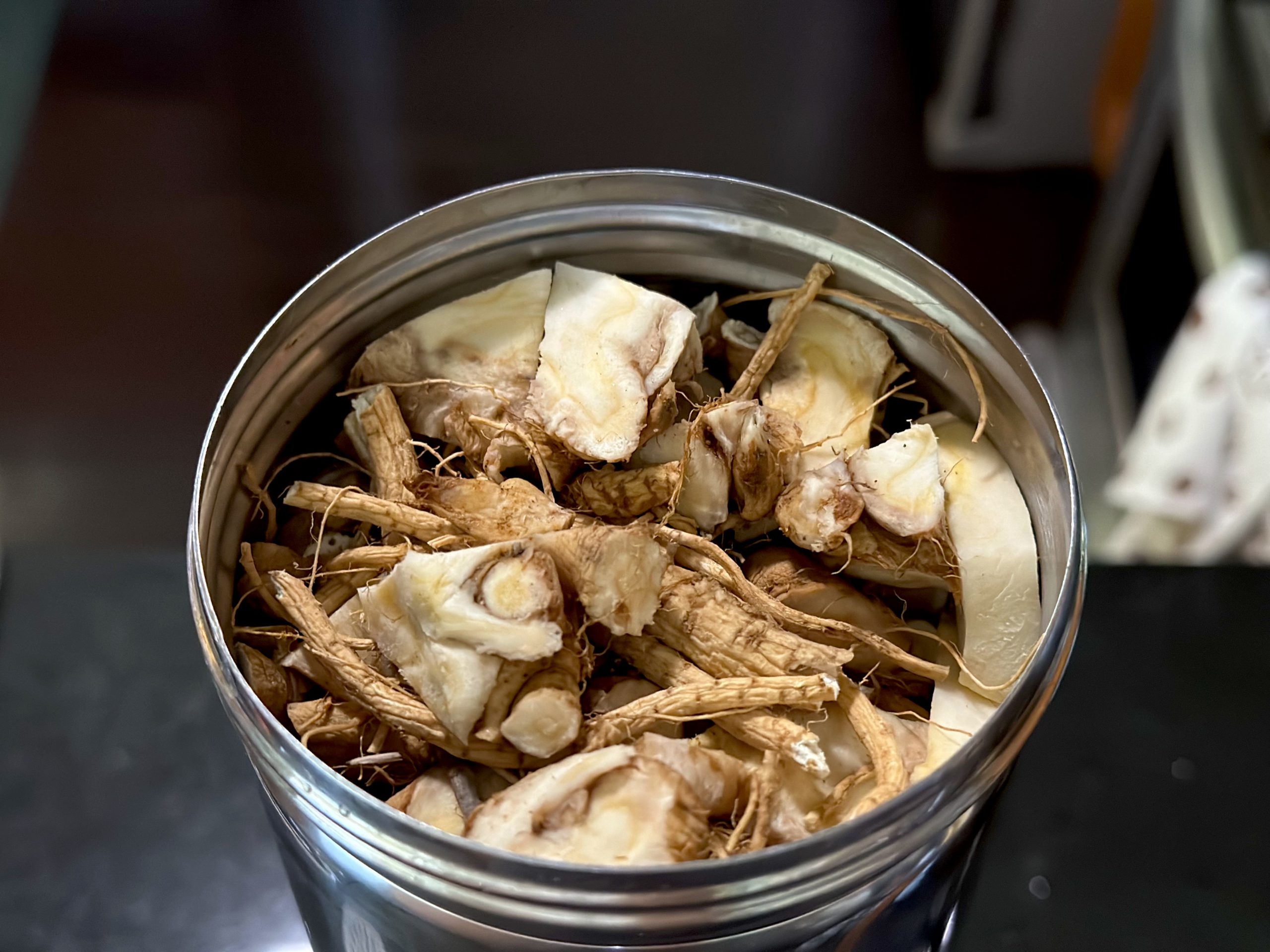
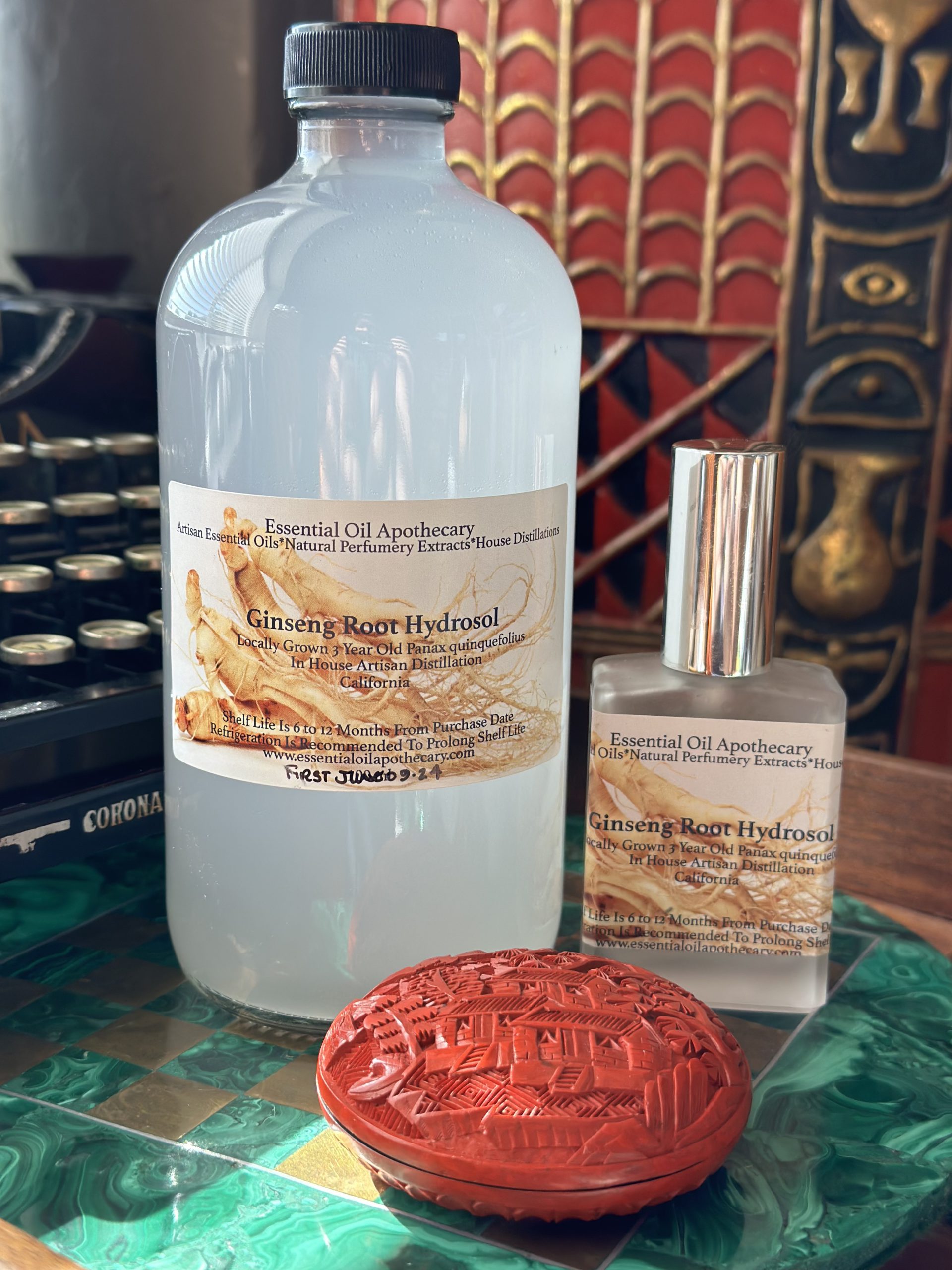
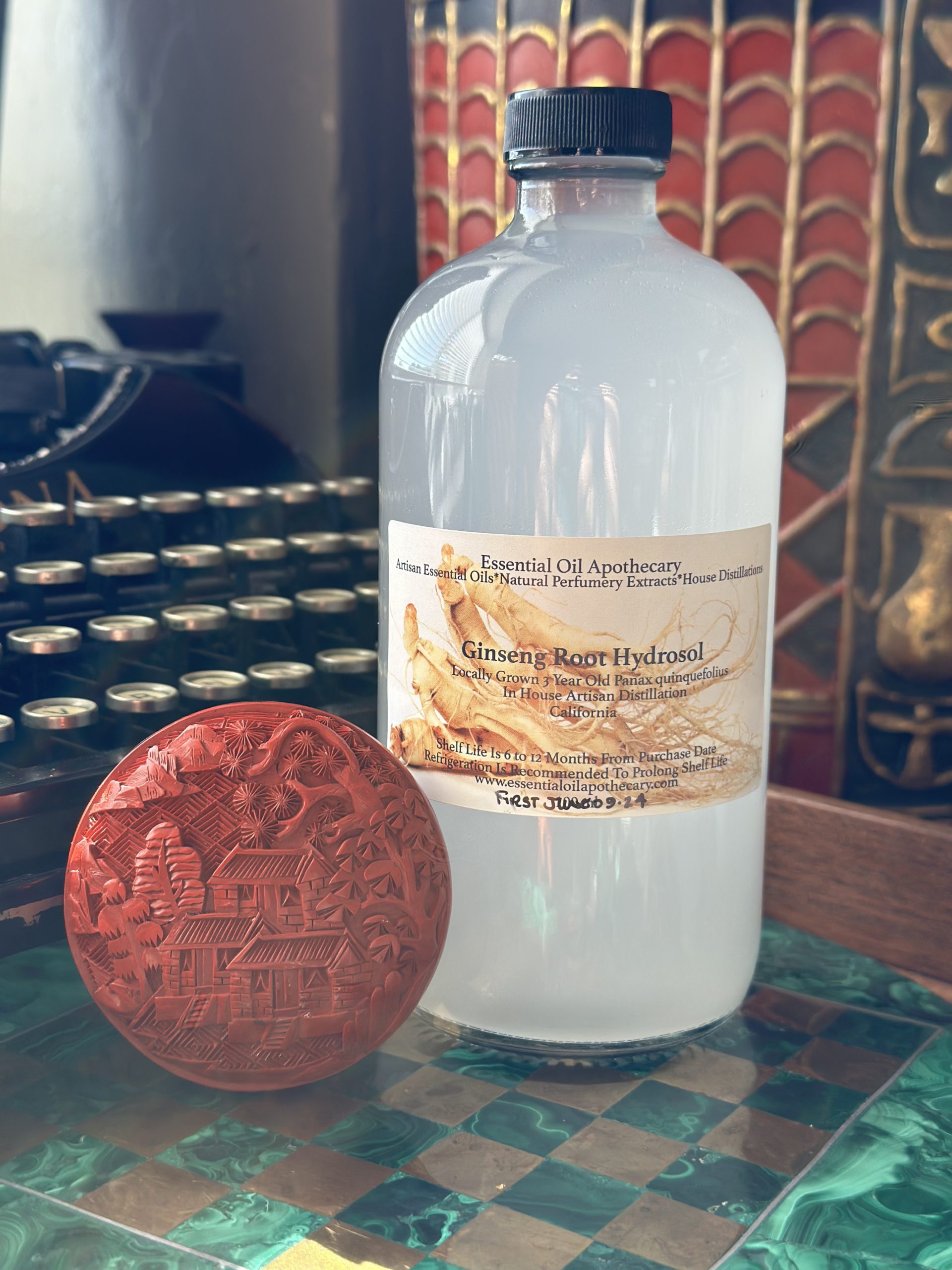

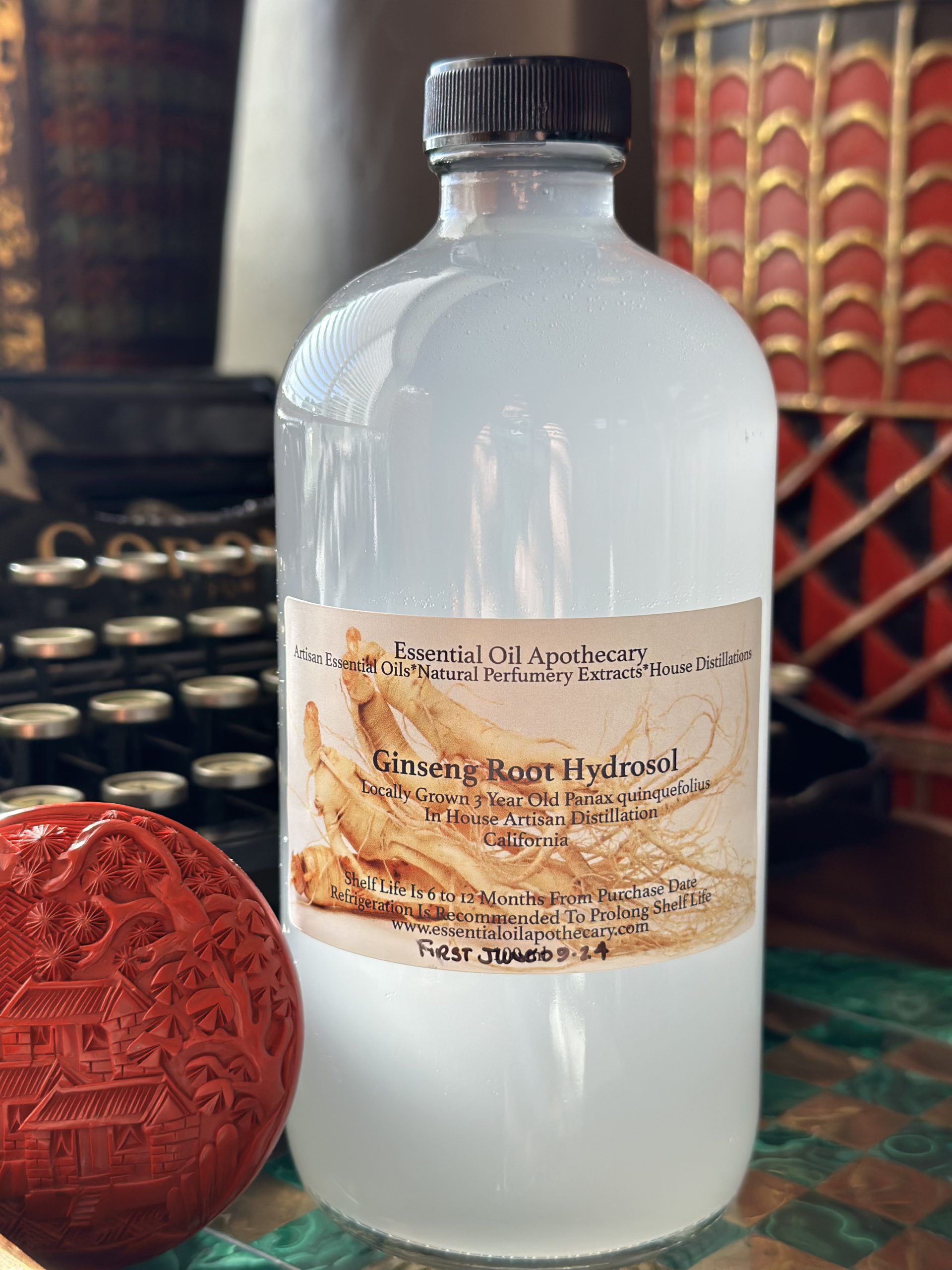
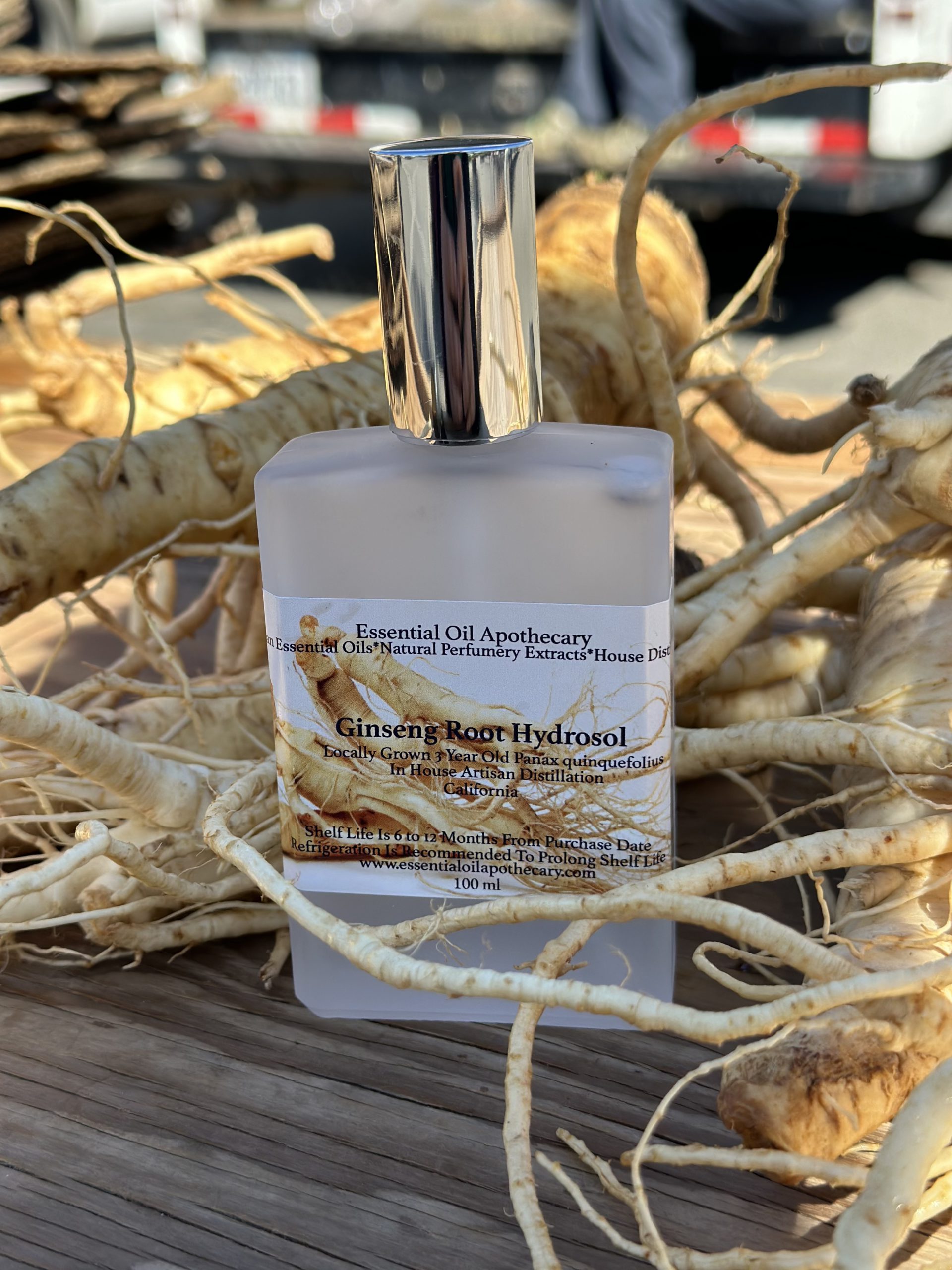
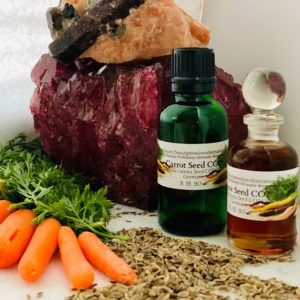
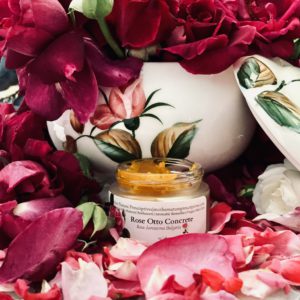
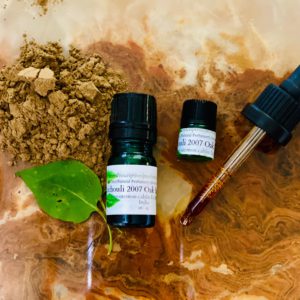
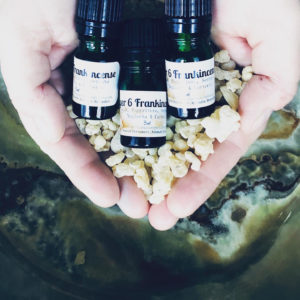
Reviews
There are no reviews yet.